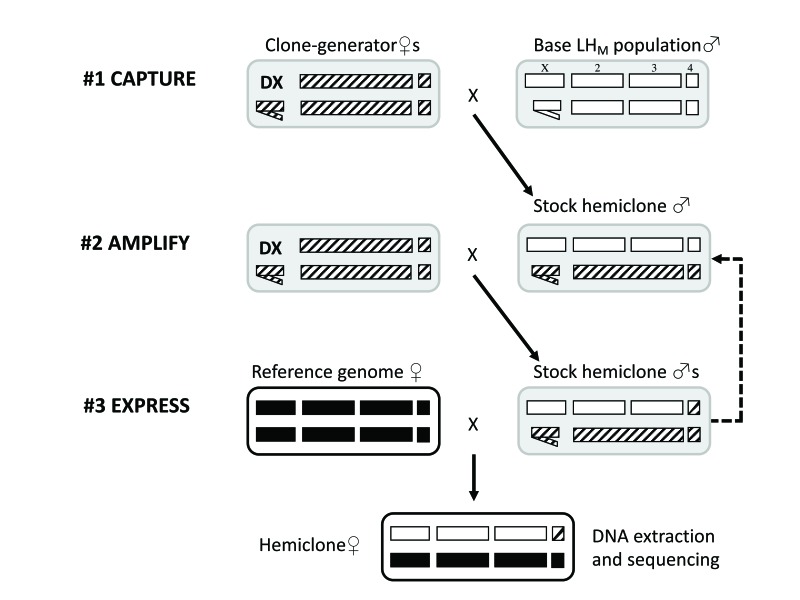Figure 1. Breeding design for generating each hemiclonal line.
1 Capture - Single wild-type male from the base-population (open chromosomes) was crossed to five clone generator female, which harbour a fused double-X chromosome (DX), a Y chromosome, as well as a marked translocation of chromosomes 2 and 3 (hatched chromosomes; see text for full genotype). This cross captured a single wild-type haplotype. 2 . Amplify - A single heterozygous male was then crossed again to a group of clone-generator females to amplify the number stock hemiclonal males. This cross can be repeated, to replenish the stock hemiclone males. 3 Express - Finally, a single reference genome female (filled chromosomes) was crossed to a single stock hemiclonal male to produce a female that harbours the original wild-type haplotype (excluding the 4th dot chromosome, which remains uncontrolled throughout), in a reference genome genetic background. Cytoplasmic factors in the offspring also derive from the reference genome stock (black outline). DNA is extracted from a single hemiclone female from each line and sequenced.

